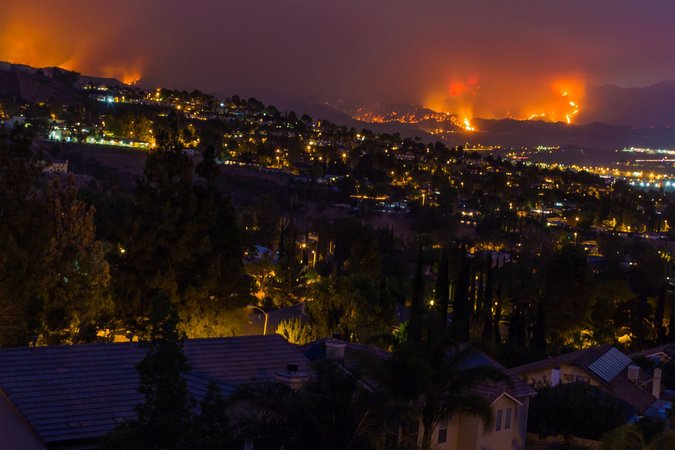Economic Analysis of Wildfire Impacts to Water Quality: A Review
In this article, we identify ways in which economic analyses can contribute to understanding and managing wildfire impacts to water resources and review pertinent literature to characterize important areas of future work.
Abstract
As the frequency and severity of large wildfires in the western United States have grown, impacts to private property and air quality have typically attracted the greatest attention; however, wildfires can also substantially affect water resources, altering watershed function and contaminating drinking water supplies. Although there is significant scientific literature describing impacts of wildfires on water resources, the literature on economic dimensions of these impacts is limited. In this article, we identify ways in which economic analyses can contribute to understanding and managing wildfire impacts to water resources and review pertinent literature to characterize important areas of future work. These include estimation of damage costs, measurement of avoidance behavior and costs, mapping risks to infrastructure and the environment, optimization of fuel treatments, and risk mitigation. The areas of research covered in this review will only become more important as the climate changes and wildfires continue to pose a risk to natural resources.
Study Implications: Rising wildfire activity in the western United States increasingly threatens watersheds and water supply infrastructure. Efficiently managing this risk requires understanding both potential impacts and the costs and benefits of potential management responses; however, little economic research exists on wildfire impacts to water quality. This article identifies and reviews relevant literature from four areas where economic analysis can contribute to managing these impacts: (1) identifying potential for adaptation, (2) measuring damage costs, (3) mapping risk, and (4) developing models to optimize damage mitigation strategies.
Authors

Matthew R Sloggy
USDA Forest Service, Pacific Southwest Research Station

José J Sánchez
USDA Forest Service, Pacific Southwest Research Station




